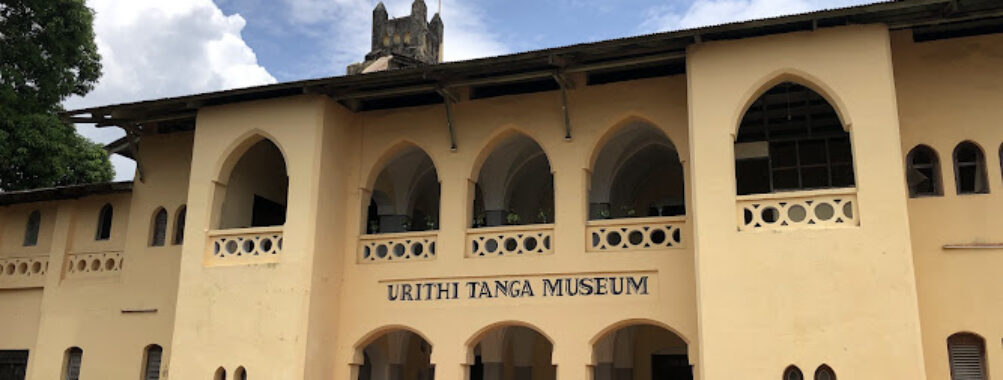
URITHI Tanga Museum
Table of Contents
Description
The Urithi Tanga Museum stands as a fascinating window into Tanzania’s rich coastal heritage, particularly highlighting the region’s significant role during World War I. I was immediately struck by how this [modest but meaningful museum](https://www.tripadvisor.com/Attraction_Review-g641709-d11998580-Reviews-Urithi_Tanga_Museum-Tanga_Tanga_Region.html) preserves vital historical artifacts and stories. The museum’s collection, while compact, offers an intimate look at Tanga’s cultural evolution, from its early settlement patterns to its colonial period and beyond.
Key Features
• Historical World War I Exhibits – featuring artifacts, photographs, and documents from the German East Africa campaign
• Cultural Heritage Section – showcasing traditional Tanga crafts and customs
• Archaeological Displays – presenting findings from local excavations
• Maritime History Collection – illustrating the region’s seafaring legacy
• Educational Programs – offering guided tours and historical presentations
• Photography Collection – featuring rare images of colonial-era Tanga
• Interactive Learning Area – perfect for engaging younger visitors
• Traditional Art Gallery – displaying local artistic expressions
• Documentary Screening Room – showing historical films about the region
• Memorial Garden – providing a peaceful space for reflection
Best Time to Visit
I’ve found that weekday mornings offer the most serene experience at the Urithi Tanga Museum. The museum tends to be less crowded between 9 AM and noon, giving you ample time to absorb the exhibits without feeling rushed. The lighting is also particularly good during these hours, making it ideal for photography enthusiasts wanting to capture the artifacts. Avoid visiting during local holidays when the museum can get pretty packed with school groups.
How to Get There
Getting to the Urithi Tanga Museum isn’t too complicated – I actually found it easier than expected. If you’re staying in central Tanga, you can catch a local dalla-dalla (minibus) that runs through the main streets. Alternatively, tuk-tuks provide a more direct route and are readily available throughout the city. For those driving, there’s decent parking available right at the museum. Ya know what’s funny? I initially got a bit turned around trying to find it, but the locals were super helpful in pointing me in the right direction.
Tips for Visiting
Having spent several hours exploring this historical gem, I’ve picked up some useful tips that’ll make your visit more enjoyable. First off, bring a water bottle – Tanzania can get pretty warm, and while the museum has basic amenities, you’ll want to stay hydrated. I’d recommend setting aside at least 2-3 hours to properly appreciate the exhibits.
The museum is wheelchair accessible, which is fantastic, and there are clean restrooms available. If you’re into photography, bring your camera but check about photo permissions at the entrance – some exhibits have specific guidelines. Oh, and don’t forget to carry some cash for the entrance fee!
For families visiting with kids, there’s plenty to keep the little ones engaged. The interactive sections are particularly good for children, but you might want to bring some activities to keep them occupied in the more detailed historical sections.
One thing I learned the hard way – try to avoid the early afternoon hours during peak summer months, as the air conditioning can be a bit inconsistent. Morning visits are much more comfortable. And hey, if you’re really interested in the WWI history, consider hiring a guide – their insights really bring the exhibits to life.
Last but not least, take some time to chat with the staff – they often have fascinating stories and additional historical facts that aren’t mentioned in the displays. Trust me, it’s worth taking the time to hear their perspectives on the local history.
Remember to respect the historical significance of the place – some of the artifacts are quite delicate. And while the museum might seem small at first glance, don’t rush through it. Take your time to read the descriptions and absorb the historical significance of each exhibit. Some of the most interesting details are in the small print!
Location
Places to Stay Near URITHI Tanga Museum
Find and Book a Tour
Explore More Travel Guides
No reviews found! Be the first to review!